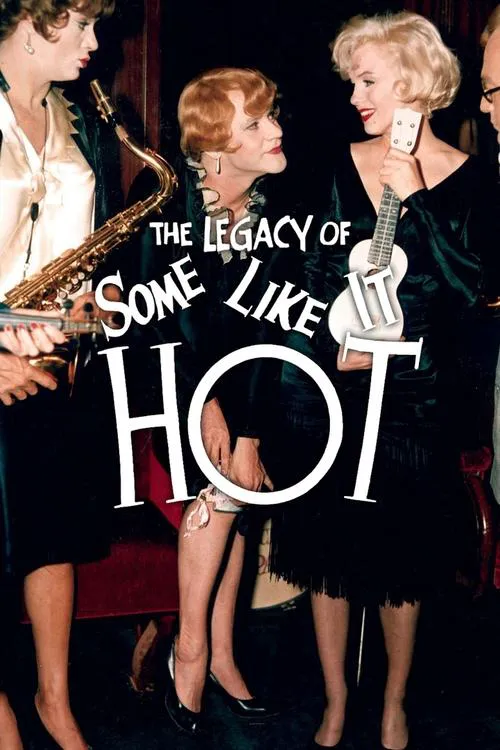The Legacy of 'Some Like It Hot'

Trama
Billy Wilder's 'Some Like It Hot', released in 1959, is undeniably one of the most enduring and iconic comedies of all time, influencing generations of filmmakers and leaving an indelible mark on popular culture. Decades after its release, 'Some Like It Hot' continues to captivate audiences worldwide with its unique blend of wit, satire, and timeless charm. The film tells the story of two down-on-their-luck jazz musicians, Joe (Tony Curtis) and Jerry (Jack Lemmon), who find themselves in a precarious situation when they witness a mafia hit. Desperate to escape their troubles, the duo dons female disguises and joins an all-female band headed by the sultry Sugar Kane (Marilyn Monroe). As 'Some Like It Hot' unfolds, the lines between reality and performance blur, and the pair navigate the intricate world of 1929 Chicago, complete with speakeasies, flappers, and high society. Wilder's masterful direction and the impeccable comedic timing of his cast transformed this simple premise into a masterwork of comedic storytelling. The film's success is largely due to its ability to balance satire and slapstick humor, offering witty commentary on issues like class, identity, and the societal norms of the Prohibition era. The era's excesses and superficiality are lampooned through the character of Osgood Fielding III (Joe E. Brown), a wealthy patron of the arts who remains oblivious to the duo's true identities. The film's most famous scene – a memorable chase sequence through a train compartment – showcases Wilder's keen visual sense and demonstrates the cast's impressive comedic range. The scene's ingenious use of set design and editing adds to its comedic impact, solidifying its place in cinematic history. 'Some Like It Hot' has had a profound influence on comedy, with filmmakers drawing inspiration from its groundbreaking use of satire, subversion of expectations, and comedic reinvention. This pioneering spirit is reflected in later classics like 'Airplane!' (1980) and 'The Producers' (1968), both of which borrowed elements from 'Some Like It Hot' and continued the evolution of comedy. Meanwhile, the film's on-screen personas continue to captivate audiences, with the Sugar Kane character emerging as a quintessential embodiment of Hollywood's 1950s ideals. Monroe's performance in the film cemented her status as a sex symbol, her portrayal of Sugar Kane remaining one of her most iconic roles. Beyond its on-screen charm, 'Some Like It Hot' has also had an enduring impact on the film industry itself. In 1989, the Library of Congress selected 'Some Like It Hot' for preservation in the National Film Registry, recognizing its 'cultural, historical, or aesthetic significance'. Furthermore, 'Some Like It Hot' has been recognized with numerous awards, including three Oscars and the Grand Prix des Arts et Techniques at the 1959 Cannes Film Festival. The influence of 'Some Like It Hot' is undeniable, extending beyond the film itself to permeate popular culture. References to the movie can be found in everything from music videos to comedy sketches, as comedians and filmmakers alike pay homage to this masterclass in comedic storytelling. 'Some Like It Hot' continues to captivate audiences with its timeless charm, witty humor, and memorable characters. Billy Wilder's groundbreaking comedy, with its irreverent spirit, remains a beacon of creative excellence in an art form that continues to evolve and adapt to the ever-changing times.
Reseñas
Recomendaciones



